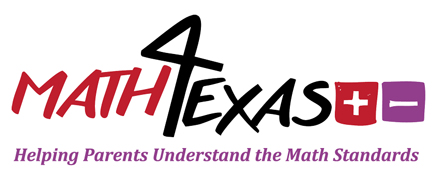T.I.P.S.
-
 Students should rely on their previous exposure to identifying and counting coins. Students will determine the value of different collections of pennies, nickels, dimes, quarters, and half-dollars up to a dollar. When counting the collection of coins, students should be able to identify the traditional and newly released designs of all coins and be able to view and count both sides of pennies, nickels, dimes, quarters, and half-dollars. Students should also know the various combinations of coins that have the same value as a coin. For example, students should know that a quarter can be made up of varying amounts of pennies, nickels, and dimes. Students should be familiar with writing the value of the coin collection with a dollar sign and decimal as well as with a cent symbol.
Students should rely on their previous exposure to identifying and counting coins. Students will determine the value of different collections of pennies, nickels, dimes, quarters, and half-dollars up to a dollar. When counting the collection of coins, students should be able to identify the traditional and newly released designs of all coins and be able to view and count both sides of pennies, nickels, dimes, quarters, and half-dollars. Students should also know the various combinations of coins that have the same value as a coin. For example, students should know that a quarter can be made up of varying amounts of pennies, nickels, and dimes. Students should be familiar with writing the value of the coin collection with a dollar sign and decimal as well as with a cent symbol.
Example
-
Jamie has these coins in his pocket. He wants to buy a toy car that costs 85¢.How much money does Jamie need so that he has enough money to buy the toy car? Which combinations of coins could Jamie use?
Digital Tools
-
Click on the following links for interactive games.
Resources
-
Click on the following links for more information.
TEKS
-
2.5 Number and operations. The student applies mathematical process standards to determine the value of coins in order to solve monetary transactions. The student is expected to:(A) determine the value of a collection of coins up to one dollar





 Click
Click 

